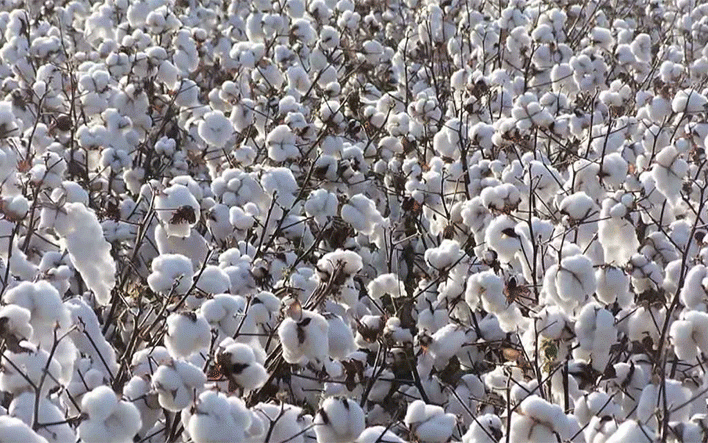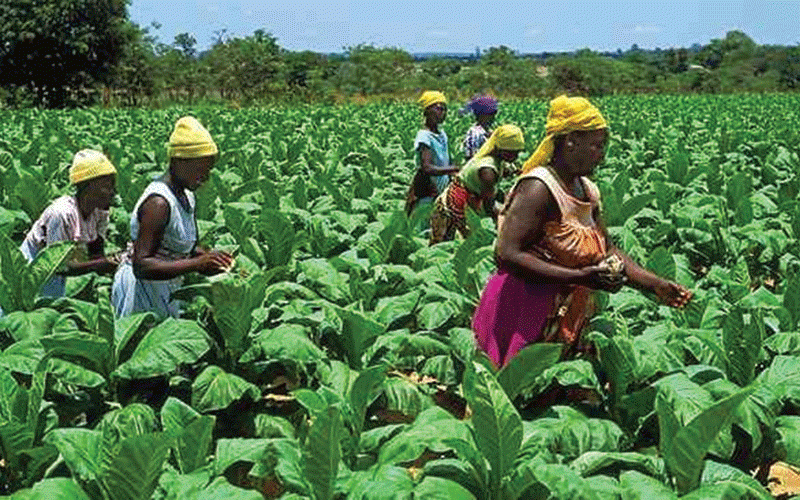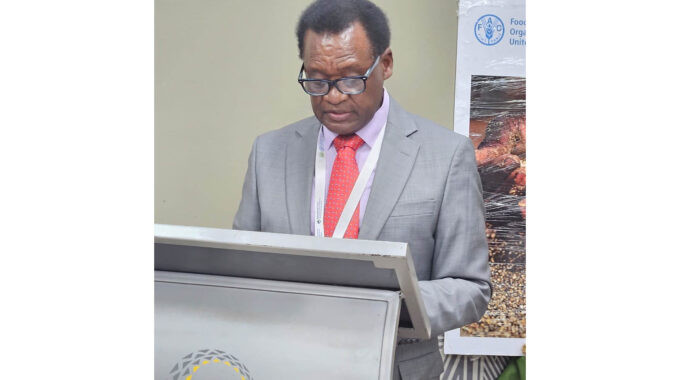
PRIVATE actors in the cotton industry are considering creating a price stabilisation fund to handle price swings on the global market, NewsDay Farming has learnt.
The erratic price of cotton, which is set on an international scale, causes local producers to incur losses while forcing some to stop their operations altogether.
The proposed price stabilisation fund would maintain stability in cotton pricing, according to Caos Nzenze, interim chairman of the Cotton Ginners Association (CGA), who added that cotton producers and ginners would not be impacted by price fluctuations.
“As private sector players, we are looking at the aspect of how we can set up a revolving fund for price subsidies in years where the prices are good on the world market; we set up a fund that should be able to take care of the fluctuations in prices on the world market,” he said.
“That conversation is ongoing between the private sector and the main player in the industry, which is Cottco, a government-controlled entity, with the view of setting up a price stabilisation fund where in years the world market is offering competitive prices or good prices, should I say, we set up a fund that will put in funds that we can then use to stabilise the prices when the world market price is low. So I think those conversations are ongoing.”
Government announced the new cotton producer price for 2022 in June of last year, which is US$0,30 plus $32 per kilogramme.
Prior to the implementation of the new prices, the government set the pre-producer price for cotton for 2022 at $111 per kg for the crop financed by private companies and $63,23 for cotton produced under State-assisted farming programmes, and an additional US$30 per 250kg bale.
Due to a number of factors, including among others drought, climate change, low pricing, out-of-date varieties, and payment delays, the nation’s cotton production has been on the wane.
- I don’t have depth: Bosso coach
- Private sector makes inroads into wheat production
- Interview: Cottco CEO lays out manufacturing vision
- Private sector makes inroads into wheat production
Keep Reading
The nation produced 137 702 tonnes in 2021, up from 91 712 the year before.
The production of cotton began to decline in 2013. Before 2013, production was between 200 000 and 300 000 tonnes.
According to market research firm IndexBox, cotton prices were predicted to increase by 5% in 2022 as ending stocks from the previous year were rapidly depleted as a result of strong worldwide demand that outpaced supply.
The average price of cotton increased 41% year over year to US$2,23 per kg in 2021.
According to the research company, despite the fact that global cotton production increased in 2021 following a decline in 2020 and returned to its pre-pandemic level of 26,3 million tonnes, rising demand nevertheless outstripped supply. Nzenze also said the government should change how the free inputs program is run to prevent it from stifling private sector investment.
Government is providing free inputs to cotton producers in underserved areas in an effort to boost cotton production nationwide.
Despite being noble, the plan, according to industry officials, is displacing private sector investment.
“The free inputs scheme is good, but it may just need to be tweaked so that it doesn’t crowd out private sector investment because as it is now, the way it is being administered, tends to crowd out private sector investment because farmers are getting inputs for free,” he said.
“Farmers that are being given input through the programme are getting the inputs through one company which is not ideal. When price subsidies are being given, they are only given to those farmers that have taken inputs through that one company.
“It’s a very good programme, but we need to tweak the administration so that the subsidies are paid out to the farmers after production, and the inputs are given on a recoverable basis and a price incentive is given to farmers so that they are actually motivated to produce.”
Nzenze said all farmers who have grown cotton ought to receive a price incentive for each kilogramme of cotton produced.
“I can assure you we will see a boost in production of cotton. If you look at the statistics when farmers were getting inputs that would be recovered, we produced very good numbers,” he said.
Cotton Producers and Markets Association of Zimbabwe president Stewart Mubonderi claimed that getting access to inputs through the Agricultural Marketing Authority (Ama) was difficult and time-consuming, leading farmers to enroll in available loan schemes.
Ama chief executive Clever Isaya said during the 2021/22 season they faced challenges such as low yield, non-destruction of stocks and farmer disgruntlement.
“Seed cotton yields remained way below the potential yield of over 1500 kg per hectare. This was compounded by the mid-season drought which ravaged most parts of the country and later excessive rains around April and May which were received which then punctuated the arrival of an early winter cold spell that affected ball formation for the late planted crop,” he said.
Isaya revealed that maintaining stockpiles and, in certain circumstances, cultivating cotton crops put pest and disease management at risk, which, in turn, affected the yield of seed cotton.
- Follow us on Twitter @NewsDayZimbabwe











